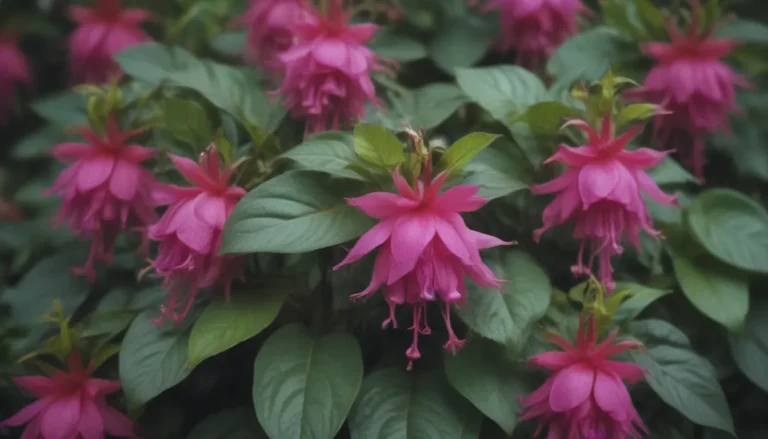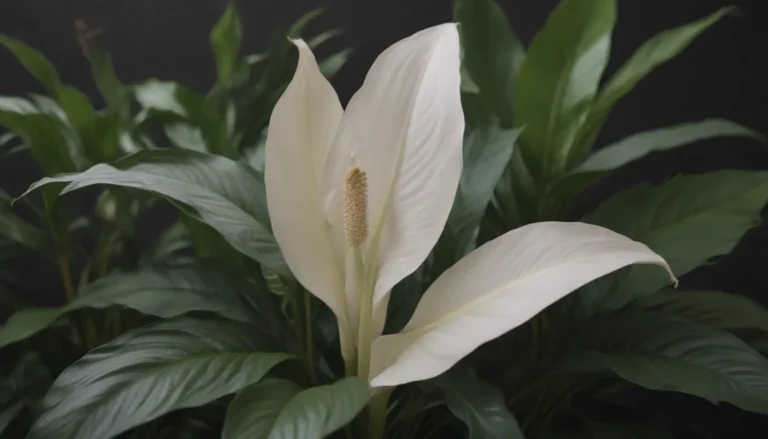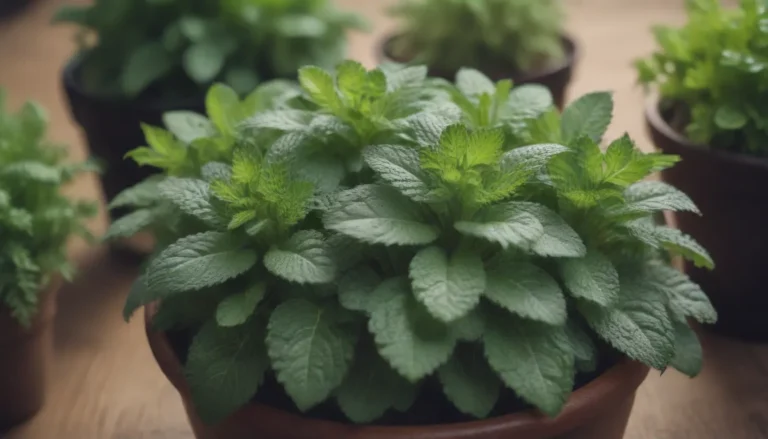A Comprehensive Guide to Growing and Caring for ‘Becky’ Shasta Daisy

Are you looking to add a touch of elegance to your garden with beautiful, long-lasting flowers? Look no further than the ‘Becky’ Shasta Daisy (Leucanthemum x superbum ‘Becky’). This sturdy and hardy cultivar of the original Shasta Daisy is known for its tall growth and showy blooms. In this in-depth guide, we will explore everything you need to know about growing and caring for ‘Becky’ Shasta Daisy to help you achieve a thriving and vibrant garden.
Getting to Know ‘Becky’ Shasta Daisy
‘Becky’ Shasta Daisy stands out with its three to four-inch white blooms surrounding a central bright yellow disk. This perennial plant can reach up to three feet in height and features leathery, lance-shaped green leaves on rigid stems. It is a popular choice for borders, perennial beds, and cutting gardens due to its easy maintenance and long-lasting flowers.
Characteristics of ‘Becky’ Shasta Daisy:
- Tall and sturdy growth
- Showy white flowers with yellow centers
- Long-lasting blooms
- Aggressive spreader if not deadheaded
- Mildly toxic to people and pets
Becky Shasta Daisy Care: Tips for Success
Providing the right growing conditions is key to the success of your ‘Becky’ Shasta Daisy. Here are some essential care tips to help your plant thrive:
Light:
- Plant in full sun for at least six to eight hours a day.
- Provide light shade in hot climates to prevent leggy growth.
- Adequate sunlight promotes prolific flowering.
Soil:
- Ensure good drainage to prevent root rot.
- Moderately fertile soil with a pH of 6.0 to 8.0 is ideal.
- Avoid overly fertile soil to encourage more flowers than foliage.
Water:
- ‘Becky’ Shasta Daisy is drought-tolerant but requires moderate water.
- Keep soil lightly moist during the first growing season.
- Water once or twice a week, depending on rainfall and signs of wilt.
Temperature and Humidity:
- Tolerates a wide range of temperatures but may stress in extreme heat.
- Protect roots with mulch from temperature fluctuations.
- Prefers humidity levels below 60% and does not thrive in extremely humid conditions.
Fertilizer:
- Only fertilize if the soil is very lean.
- Work organic compost into the soil annually for best results.
Types of Shasta Daisy: Choosing the Right Variety
The Shasta Daisy hybrid has several variations, each with unique characteristics. Here are some popular varieties to consider for your garden:
- ‘Esther Read’
- ‘Silberprinzesschen’
- ‘Snow Lady’
- ‘Wirral Pride’
Selecting the best variety depends on your gardening preferences and the conditions in your yard.
Pruning and Propagation
Proper pruning and propagation techniques are essential for maintaining the health and appearance of your ‘Becky’ Shasta Daisy:
Pruning:
- Deadhead spent blooms to encourage more flowers.
- Prune at any time during the growing season to remove dead stems.
- Cut back to three inches above ground before the next growing season.
Propagation:
- Divide daisies every spring to maintain vitality and control spread.
- Plant divisions elsewhere in your landscape for a continuous bloom cycle.
Growing ‘Becky’ Shasta Daisy From Seed
For those looking to start from scratch, growing ‘Becky’ Shasta Daisy from seed is a rewarding experience:
- Sow seeds directly into the garden bed after the soil reaches 70 degrees Fahrenheit.
- Thin seedlings to achieve a two-foot margin around each plant.
- Keep soil consistently moist during the first summer of growth.
Potting and Overwintering Tips
If you prefer container gardening, here are some considerations for potting and overwintering ‘Becky’ Shasta Daisy:
- Choose a large, glazed ceramic pot with drainage holes.
- Use all-purpose potting soil with vermiculite for optimal growth.
- Mulch around the base of the plant in fall to protect roots during winter.
Common Pests and Diseases
Stay vigilant for common pests and diseases that may affect your ‘Becky’ Shasta Daisy:
- Watch for verticillium wilt and leaf spot, common fungal diseases.
- Control aphids and leaf miners with organic insecticides.
- Remove and destroy infected plants to prevent disease spread.
Encouraging Blooms and Solving Common Issues
To ensure a bountiful display of blooms, follow these tips and address common problems that may arise:
- Deadhead spent flowers to promote new growth and bloom cycles.
- Monitor water levels to prevent over or underwatering.
- Plant ‘Becky’ Shasta Daisy near vegetable gardens to promote pollination.
By following these care tips and guidelines, you can enjoy a garden filled with vibrant ‘Becky’ Shasta Daisy blooms all season long. Whether you’re a novice gardener or an experienced plant enthusiast, this resilient and beautiful perennial is sure to brighten up your outdoor space with its charming flowers and easy maintenance requirements.
Reference:
– University of California Agriculture and Natural Resources. “Poisonous Plants in California.” UCANR, 2012. https://ucanr.edu/sites/poisonous_safe_plants/files/154528.pdf
– ASPCA. “Daisy.” ASPCA. https://www.aspca.org/pet-care/animal-poison-control/toxic-and-non-toxic-plants/daisy





